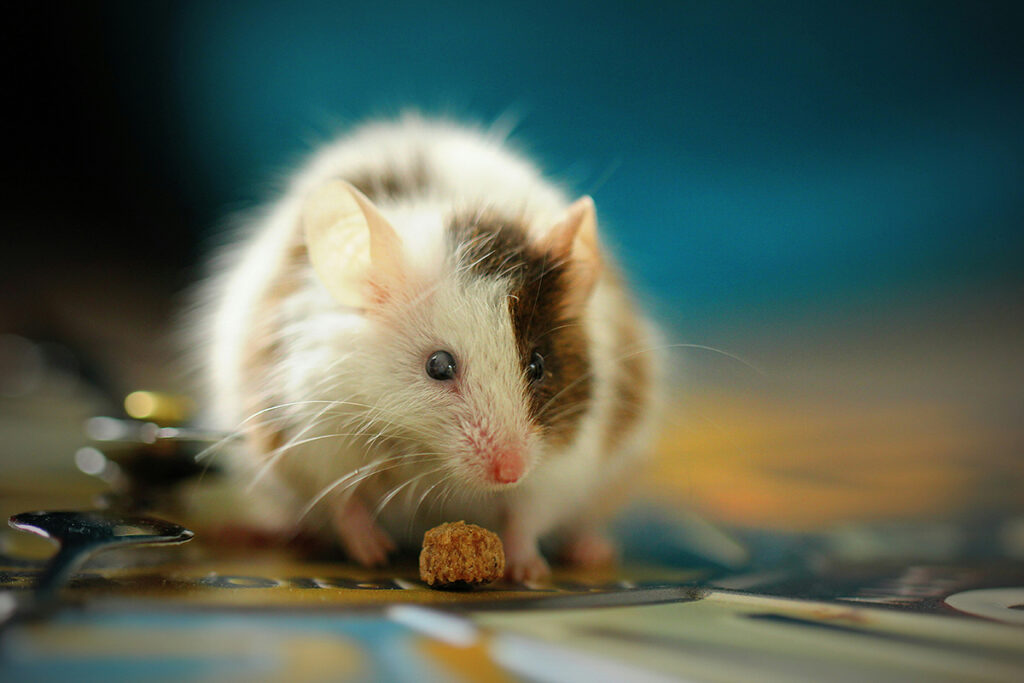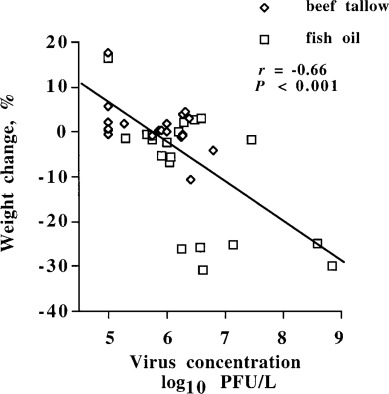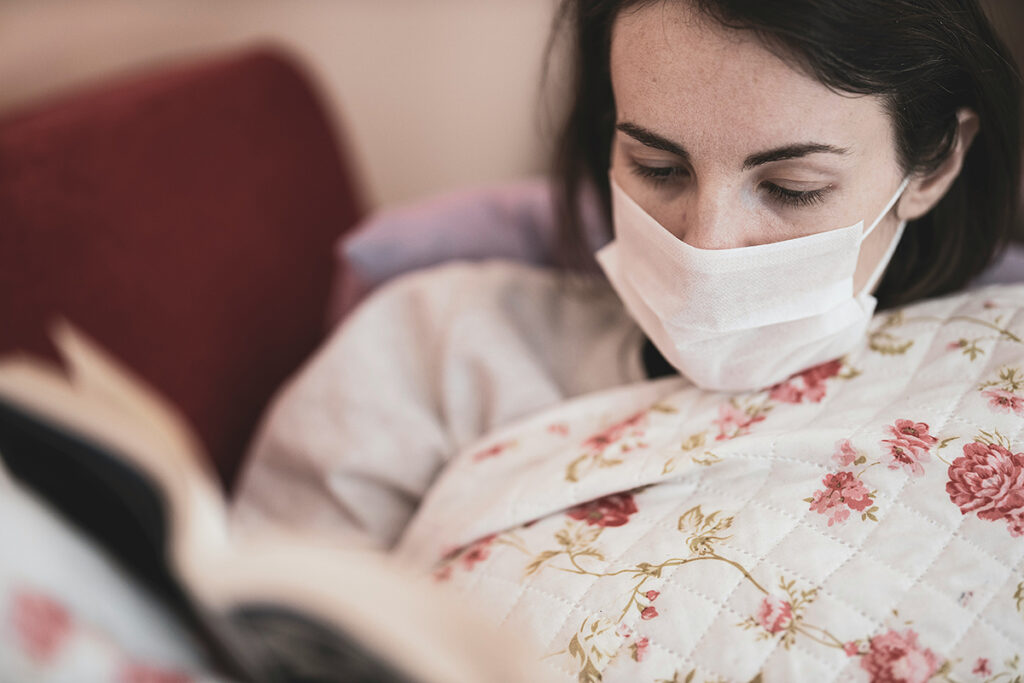Contents
Background of the Study
Studies show that consuming fish oil suppresses inflammation, which helps with autoimmune diseases. However, reducing inflammation during infectious diseases exacerbates the severity of the illness. For example, Alaskan Inuit people traditionally consume much fish and often suffer from lower respiratory tract infections. Moreover, the mortality rate is exceptionally high among infants consuming fish from the age of one. Several studies have confirmed the hypothesis that fish oil intake during infection impairs phagocytes’ ability to fight foreign agents and reduces organism survival. For example, scientists from the University of Texas (USA) demonstrated in mice that dietary fish oil worsens the cytotoxicity of killer cells. The systemic effect of fish oil on immunity during respiratory infections was studied by scientists from the University of Newcastle (Australia). They compared the clinical picture of influenza in mice consuming fish oil or beef fat. They also studied the dynamics of viral load depending on the type of fat included in the diet. Scientists were interested in the effect of fat type on innate and adaptive immunity, which was evaluated based on levels of interferon production. They also compared the production of different classes of antibodies.
Study Design
148 healthy wild-type mice were used for the experiment. The mice were randomly divided into 4 groups:
- The first group consumed fish oil and their regular diet for 14 days. Then, the mice were infected with a non-lethal dose of the H3N2 influenza virus through the respiratory tract.
- The second group of mice consumed beef fat and their regular diet for 14 days. Then, the mice were infected with a non-lethal dose of the H3N2 influenza virus through the respiratory tract.
- Two control groups received either beef fat or fish oil but were not infected.
Results
Clinical Picture
First 14 days – before influenza virus infection. There were no significant differences in body weight among mice receiving different types of fat. Likewise, no differences in appetite were observed.
The first day after influenza virus infection. Mice receiving fish oil experienced a significant decrease in body weight.
The second day after influenza virus infection. Both infected groups of mice experienced significant weight loss compared to control groups and the pre-infection period. Additionally, mice in both infected groups exhibited reduced appetite.
5 days after influenza virus infection. Body weight normalized in infected mice from the group receiving beef fat. Body weight returned to pre-infection levels. However, body weight remained significantly lower in infected mice receiving fish oil than in infected mice receiving beef fat. Appetite was reduced in mice in both infected groups.
7 days after influenza virus infection. Mice in both infected groups returned to their pre-infection body weight. However, the appetite of mice receiving fish oil remained low – at the level observed on the 5th day after infection. Meanwhile, the appetite of infected mice receiving beef fat normalized to the pre-infection level.
In control groups, the weight and appetite of mice remained unchanged over time.
Viral Load in the Lungs
Researchers aimed to identify the relationship between body weight loss, appetite loss, and the response to influenza virus infection. To do this, researchers measured the viral load in the lungs of mice infected with the influenza virus.
The most significant increase in viral load in both infected groups occurred between 3 hours and 1 day after infection. Virus titers were higher on days 1 and 5 in the group receiving fish oil. The most significant body weight loss occurred in mice with the highest viral load. This relationship was particularly pronounced in the group receiving fish oil. This group also exhibited an interesting individual response to the influenza virus – some mice experienced slight weight and appetite loss, while others experienced a sharp decline.
The two infected groups had no statistically significant difference in lymphocyte levels. The virus was no longer detectable in the lungs 7 days after infection.
The graph shows mice’s body weight changes depending on the lung’s virus concentration. Squares denote the group receiving fish oil, while diamonds denote the group receiving beef fat. The virus concentration is plotted on a logarithmic scale, and mouse body weight is measured as a percentage of pre-infection weight:
Image Source: https://www.sciencedirect.com/science/article/pii/S0022316623019338
Dynamics of Antibodies in Blood and Lungs
Both influenza-infected groups exhibited similar dynamics of virus-specific IgG antibodies in serum. The level of antibodies increased from the second to the seventh day after infection. Consequently, by the 7th day after infection, all infected mice showed a significant increase in IgG antibody levels. However, the increase in IgG antibodies was less pronounced in the group receiving fish oil.
A different pattern was observed with IgA antibodies in the lungs of mice. In the group receiving beef fat, there was a significant increase in IgA levels by the seventh day after infection. Moreover, the concentration of IgA in this group was significantly higher than in the group receiving fish oil, where no corresponding increase was observed.
Changes in Innate and Adaptive Immunity
The family of type I interferons regulates the strength of innate immunity. The most studied representatives of this family are alpha and beta interferons (IFN-α/β). Therefore, scientists chose these interferons to assess how a diet with different types of fat affects innate immunity during influenza infection.
For each group of infected mice, the highest level of IFN-α/β in the lungs was observed on the second day after infection. In the following days, this level significantly decreased. Scientists noticed a tendency towards higher levels of IFN in the group where mice were fed a diet supplemented with fish oil. However, this trend was not statistically significant. Scientists suggest that the trend may be related to a higher viral load in the group receiving fish oil. Overall, there were no significant differences in changes in innate immunity in both infected groups.
Gamma interferon (IFN-γ) plays a significant role in adaptive immunity – the only representative of type II interferons. IFN-γ stimulates natural killer immune cells’ activity, survival, and effector functions that directly combat foreign particles. Additionally, IFN-γ regulates immune responses of mucosal surfaces, including the production of IgA antibodies.
In both infected groups, there were no differences in lung concentrations of IFN-γ until the second day after infection. However, by the 5th and the 7th day after infection, the level of IFN-γ significantly increased in mice fed a diet supplemented with beef fat. In mice fed fish oil, the increase in IFN-γ levels was considerably less pronounced. Scientists suggest prolonged viral load in mice fed fish oil is associated with impaired IFN-γ production.
Conclusions
Dietary fish oil inhibits inflammation in the body. During infectious diseases, this can lead to a more severe course of the disease. This conclusion is confirmed by experiments on mice infected with a non-lethal dose of influenza virus.
Fish oil contributed to a higher viral load in the lungs. As a result, mice consuming fish oil lost weight faster than mice consuming beef fat. Also, fish oil in the diet led to a decrease in IgA antibodies in the lungs and decreased production of interferon-gamma. However, 7 days after infection, the virus was no longer detectable in the lungs of all infected mice. However, after recovery, mice consuming fish oil had a significantly reduced appetite compared to mice consuming beef fat.
Fish oil consumption affects both innate and adaptive immunity. Fish oil slows recovery and reduces antibody production in the lungs during the flu.
Useful article, necessary information? Share it!
Someone will also find it useful and necessary:
References
- Fish Oil Feeding Delays Influenza Virus Clearance and Impairs Production of Interferon-γ and Virus-Specific Immunoglobulin A in the Lungs of Mice
- Modulation of Murine Natural Killer Cell Cytotoxicity by Dietary Fish Oil, Corn Oil or Beef Tallow
- Lower respiratory illness among Alaskan Eskimo children




